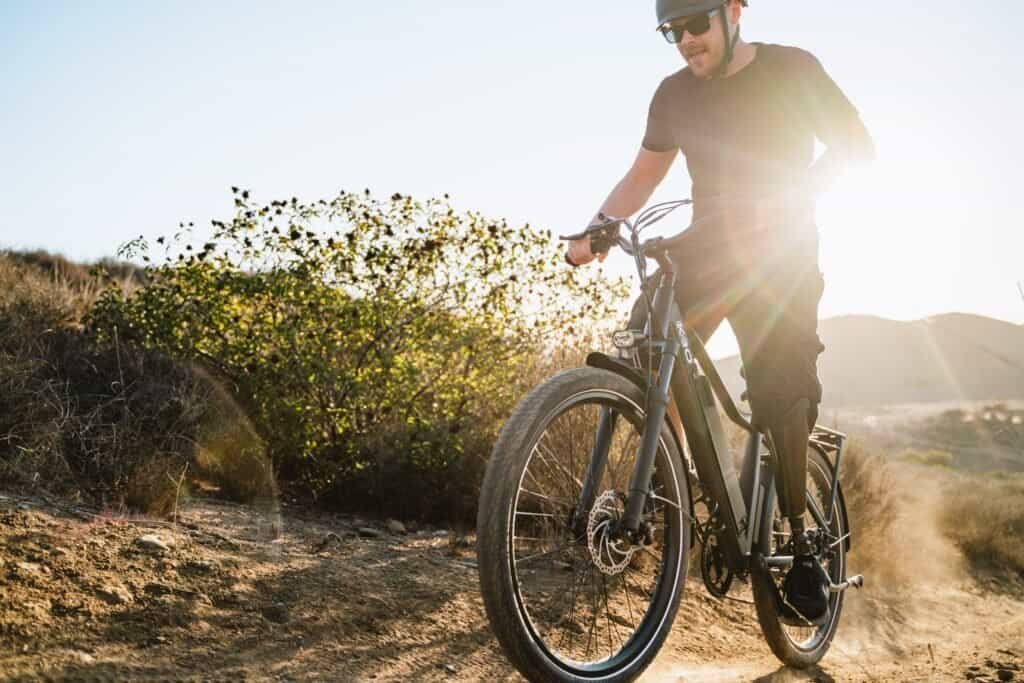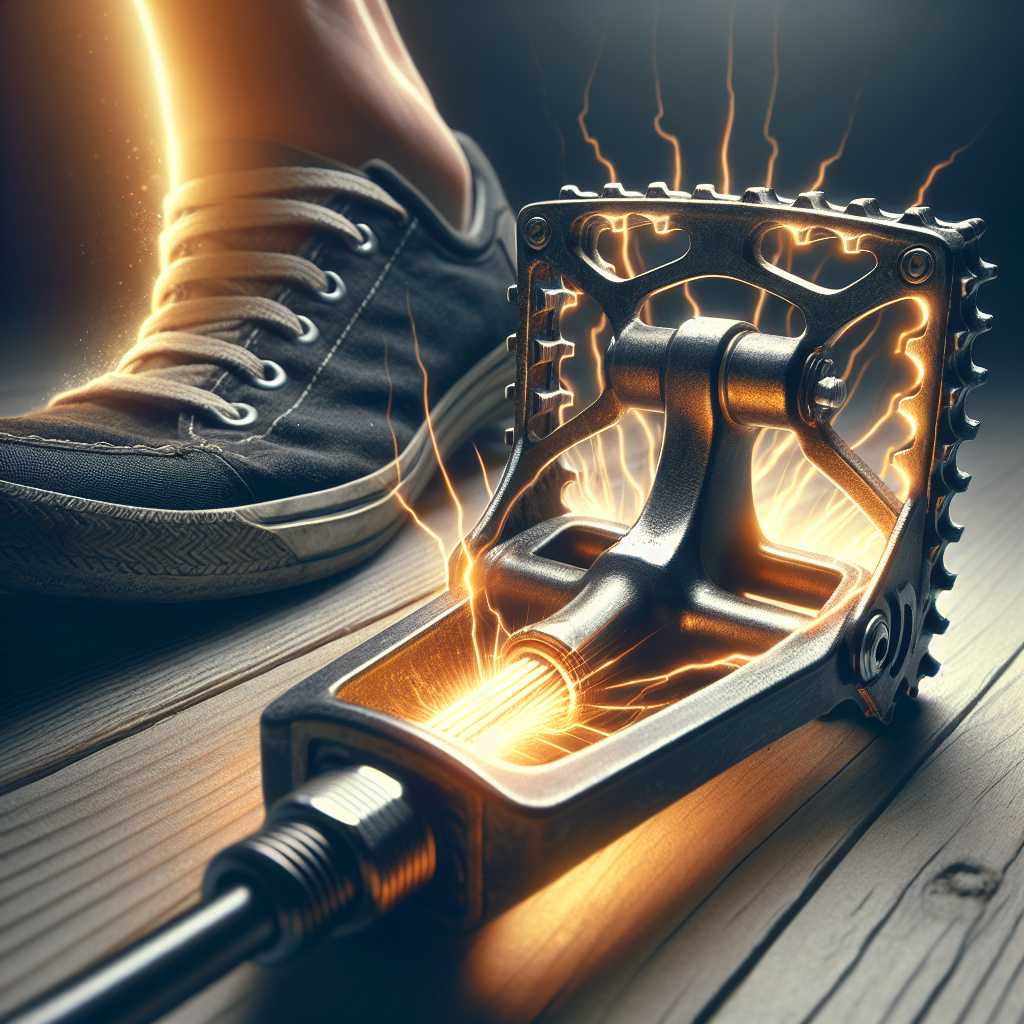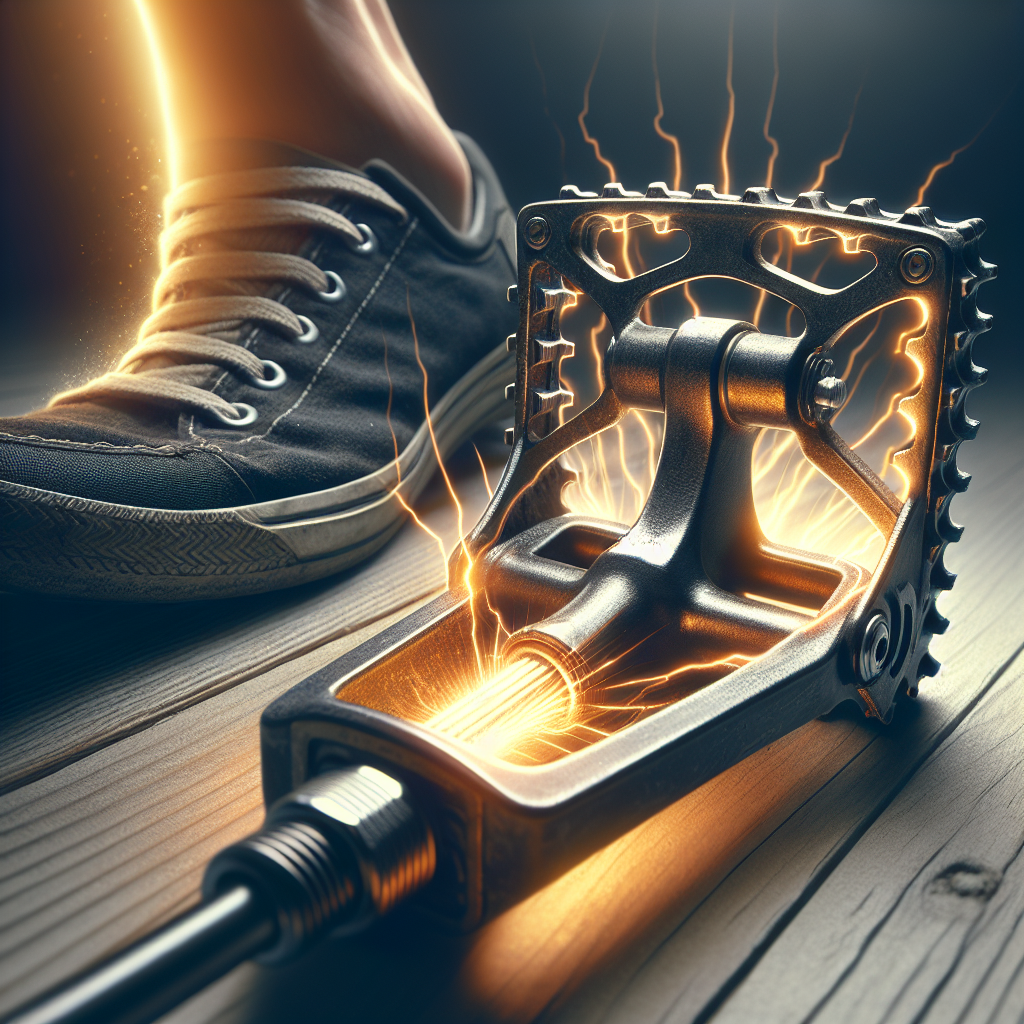Sure, you’ve probably seen those sleek electric bikes zooming by, effortlessly cruising along the streets. But have you ever wondered if you could actually pedal one of these bikes without relying on the electric motor? Well, the answer might surprise you. While electric bikes are designed to assist your pedaling, allowing you to effortlessly conquer hills and long distances, it is indeed possible to pedal an electric bike without using the electric motor. In fact, doing so can offer a unique and rewarding cycling experience. Let’s explore this fascinating possibility and discover the joy of blending human power with the convenience of an electric bike.
Can I Pedal An Electric Bike Without Using The Electric Motor?
Electric bikes, also known as e-bikes, have gained popularity in recent years as a convenient and eco-friendly mode of transportation. These bikes are equipped with an electric motor that provides assistance while pedaling, making it easier to conquer challenging terrains and travel longer distances. However, many individuals often wonder if it is possible to pedal an electric bike without using the electric motor. In this article, we will explore the mechanics of how electric bikes work, the difference between pedaling and motor power, and the reasons why you might choose to pedal without relying on the electric motor.
1. Understanding How Electric Bikes Work
Electric Bike Components
To understand how an electric bike operates, it’s essential to familiarize yourself with its key components. An electric bike consists of a battery, electric motor, controller, and pedal-assist system. These parts work in harmony to provide a seamless riding experience.
Working Principle of an Electric Bike
The basic principle behind an electric bike is to assist the rider’s pedaling efforts through the electric motor. When you pedal, the pedal-assist system detects the rotation of the pedals and signals the controller to engage the electric motor. The electric motor then provides additional power to your pedaling, making it easier to ride uphill or cover longer distances with less physical effort.
Battery and Motor Integration
The battery of an electric bike serves as the power source for the electric motor. The battery is usually located on the frame of the bike and can be easily removed for charging. The electric motor, on the other hand, is usually positioned near the pedals or within the rear wheel hub. These components are carefully integrated to ensure optimal performance and a balanced riding experience.

2. How Does Pedal-Assist Functionality Work?
What is Pedal-Assist?
Pedal-assist functionality is a key feature of electric bikes that differentiates them from traditional bicycles. Pedal-assist enables the electric motor to provide assistance to the rider’s pedaling efforts. When you pedal, the sensor in the pedal-assist system detects the motion and signal the controller to engage the motor, delivering an added boost of power to your pedaling.
Types of Pedal-Assist Systems
There are different types of pedal-assist systems available in electric bikes. The most common ones include cadence sensors, torque sensors, and combined sensors. Cadence sensors detect the rotation of the pedals and engage the electric motor based on a predetermined speed. Torque sensors, on the other hand, measure the amount of force applied to the pedals and adjust the motor assistance accordingly. Combined sensors use a combination of both cadence and torque measurements to deliver a more personalized and responsive riding experience.
How Pedal-Assist Sensors Work
Pedal-assist sensors play a crucial role in determining when to engage the electric motor and how much power assistance to provide. These sensors sense your pedaling motion and send signals to the controller, which then adjusts the motor assistance accordingly. This seamless integration of sensors ensures that the electric motor provides assistance precisely when you need it, making your cycling experience more efficient and enjoyable.
3. The Difference Between Pedaling and Motor Power
Pedaling and Motor Power Balance
While the electric motor of an e-bike significantly reduces the effort required for pedaling, it is still necessary to pedal to achieve the desired speed and control. The balance between pedaling and motor power can be adjusted based on your preference and the riding conditions. Some riders may prefer to rely more on the electric motor for effortless riding, while others may choose to pedal more aggressively for a greater physical workout.
Utilizing Motor Power Only
In certain situations, you may find it desirable to use the electric bike’s motor power without pedaling. Electric bikes are equipped with a throttle, similar to a motorcycle, which allows you to engage the motor without pedaling. This feature is especially useful when starting from a complete stop or tackling steep inclines, where additional power is required to overcome the resistance.
Optimal Utilization of Pedaling and Motor Power
To maximize the benefits of an electric bike, it is generally recommended to strike a balance between pedaling and motor power. By utilizing both your own pedaling efforts and the assistance provided by the electric motor, you can enjoy extended battery range, improved fitness benefits, and a more personalized riding experience. Adjusting the level of motor assistance and cadence can help you find the optimal balance that suits your riding style and goals.

4. Reasons to Pedal an Electric Bike Without Using the Electric Motor
Exercise and Health Benefits
One of the main reasons to pedal an electric bike without relying on the electric motor is to enjoy the health benefits associated with physical exercise. While electric bikes provide assistance, they still require the rider to engage in pedaling motions, contributing to cardiovascular fitness and overall well-being. By pedaling without using the electric motor, you can increase the intensity of your workout and burn more calories, leading to improved fitness levels over time.
Extending Battery Life
Another advantage of pedaling an electric bike without using the electric motor is the ability to extend the battery life. Electric bike batteries have a limited range and need to be recharged periodically. By pedaling more and relying less on the electric motor, you can conserve battery power and cover greater distances before needing to recharge. This can be particularly useful during long rides or when access to charging stations is limited.
Regulations and Legal Considerations
Depending on your location, there may be specific regulations and legal considerations regarding the use of electric bikes. Some jurisdictions classify electric bikes based on their maximum speed or wattage, requiring riders to comply with specific rules or restrictions. By pedaling without using the electric motor, you can ensure compliance with local laws and ride your electric bike in areas where motorized assistance may be restricted or prohibited.
5. Factors to Consider When Pedaling an Electric Bike Without Using the Electric Motor
Bike Weight and Gear Ratio
Pedaling an electric bike without relying on the electric motor can require additional effort, especially when dealing with the weight of the bike itself. Electric bikes tend to be heavier than traditional bicycles due to the inclusion of the battery and motor. It is important to consider the bike’s weight and adjust your gear ratio accordingly to optimize pedaling efficiency and minimize strain on your muscles.
Additional Effort Required
Pedaling without motor assistance will require more physical effort compared to using the electric motor. It’s important to be aware of your fitness level and take into account your personal capabilities. If you have any existing health conditions or concerns, it’s advisable to consult with a healthcare professional before engaging in intense physical activity such as pedaling an electric bike without motor assistance.
Terrain and Riding Conditions
The terrain and riding conditions can significantly impact the ease of pedaling an electric bike without relying on the electric motor. Uphill climbs, off-road trails, and strong headwinds can pose challenges that require greater physical exertion. It’s recommended to be mindful of the terrain and adjust your pedaling efforts accordingly. In challenging conditions, you may choose to use the electric motor intermittently to alleviate the physical strain and maintain a more enjoyable riding experience.

6. Tips for Pedaling an Electric Bike
Choosing the Right Gear
When pedaling an electric bike without using the electric motor, selecting the appropriate gear is critical. Lower gears provide more mechanical advantage, making it easier to pedal against resistance or uphill. Experimenting with different gear ratios can help you find the most comfortable and efficient pedaling cadence based on your cycling style and the terrain you are traversing.
Maintaining Proper Cadence
Cadence refers to the number of pedal rotations per minute (RPM). Maintaining a consistent and efficient cadence is important when pedaling without using the electric motor. A cadence of around 60-80 RPM is generally considered optimal for most riders. This range allows for efficient power transfer and reduces the risk of muscle fatigue or strain. Pay attention to your cadence and make adjustments as necessary to ensure a smooth and enjoyable riding experience.
Balancing Pedaling and Motor Power
Even when pedaling without relying on the electric motor, it’s still possible to utilize motor power intermittently to tackle challenging portions of your ride. By finding a balance between pedaling and motor assistance, you can conserve energy while still enjoying the benefits of the electric bike. Experiment with different levels of motor assistance and pedaling efforts to find the combination that suits your needs and maximizes your riding experience.
7. Potential Issues with Pedaling an Electric Bike Without Using the Electric Motor
Reduced Speed and Range
Pedaling an electric bike without relying on the electric motor can result in reduced speed and range compared to using full motor assistance. The additional physical effort required for pedaling can decrease the overall speed at which you can travel. In addition, covering longer distances solely through pedaling can be more challenging and may result in increased fatigue. It’s important to factor in these considerations and plan your rides accordingly to avoid overexertion.
Increased Physical Effort
As mentioned earlier, pedaling an electric bike without motor assistance will require more physical effort compared to using the electric motor. This increased physical effort can be demanding, especially for individuals who are not accustomed to regular cycling or have limited fitness levels. It’s important to listen to your body and gradually increase the duration and intensity of your pedaling efforts to avoid injuries or excessive strain.
Discomfort and Fatigue
Pedaling an electric bike without relying on the electric motor for extended periods can lead to discomfort and fatigue. Your muscles may experience greater fatigue due to the increased effort required, and you may also experience saddle soreness or discomfort. Taking regular breaks, using padded cycling shorts, and maintaining proper posture can help alleviate these issues. It’s important to prioritize your comfort and well-being while pedaling an electric bike without motor assistance.

8. Electric Bike Conversion Kits for Better Pedal Power
Benefits of Conversion Kits
If you find yourself desiring more pedal power on your electric bike, you may consider exploring electric bike conversion kits. These kits allow you to retrofit your existing bike with an electric motor and battery, giving you the option to choose when to utilize motor assistance and when to rely solely on pedaling power. Conversion kits can enhance the versatility of your electric bike and provide you with more control over your riding experience.
Types of Conversion Kits
There are various types of electric bike conversion kits available, each offering different features and performance capabilities. Hub motor conversion kits are the most common, where the electric motor is installed within the front or rear wheel hub. Mid-drive conversion kits, on the other hand, feature a motor that is mounted near the crankset, offering a more balanced weight distribution and improved efficiency. It’s important to research and choose a conversion kit that best suits your specific needs and preferences.
Installation and Compatibility
Installing an electric bike conversion kit requires some technical expertise. While certain kits are relatively straightforward to install, others may require professional assistance. It’s crucial to ensure compatibility between the conversion kit and your existing bike frame, components, and battery. Consulting the manufacturer’s guidelines and seeking professional advice can help facilitate a smooth and successful installation process.
10. Conclusion
Electric bikes have revolutionized the way we commute, exercise, and explore our surroundings. While the electric motor provides a valuable assist in making riding easier and more enjoyable, the ability to pedal an electric bike without using the electric motor opens up new possibilities for fitness, extended range, and compliance with local regulations. By understanding how electric bikes work, striking a balance between pedaling and motor power, and considering factors such as terrain and personal fitness, you can fully maximize the benefits of an electric bike. Whether you choose to rely more on pedaling or utilize the electric motor, the versatility and flexibility of an electric bike ensure an exciting and accessible mode of transportation for all.


